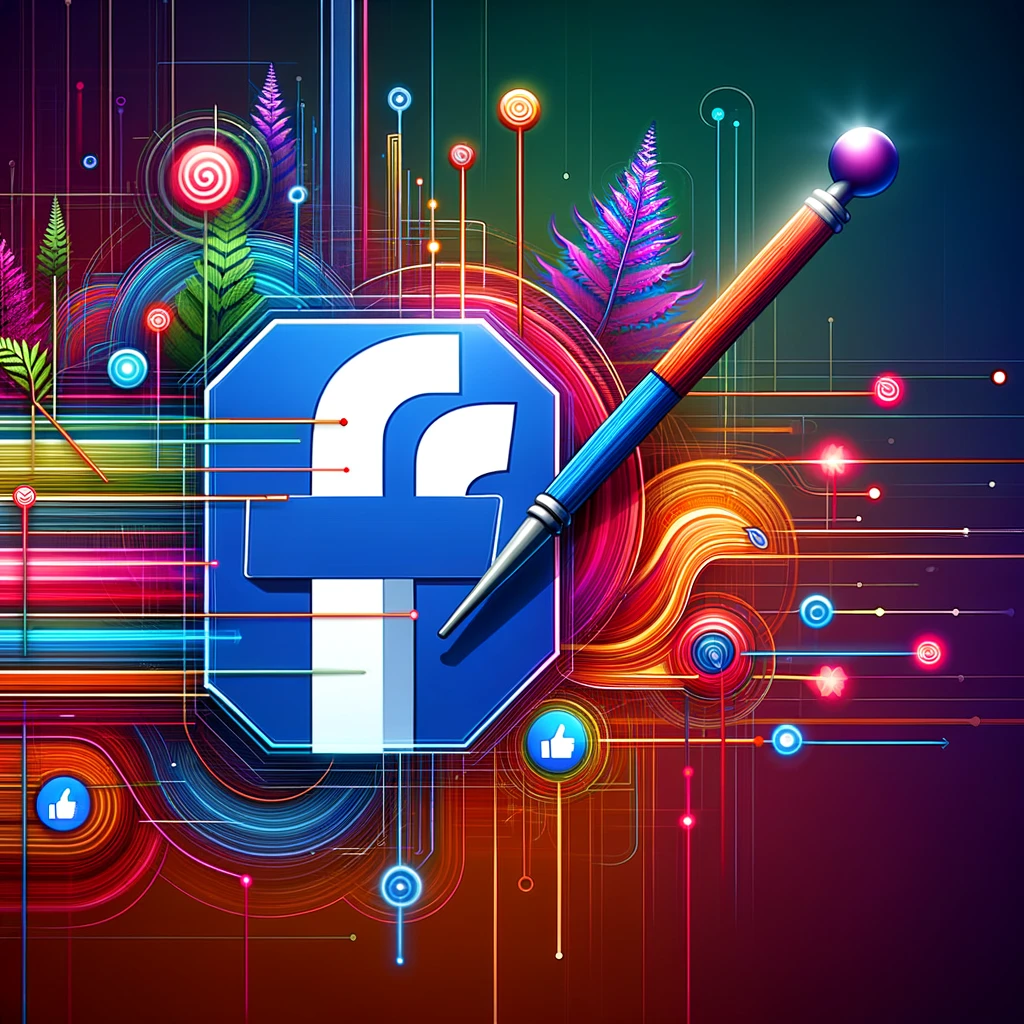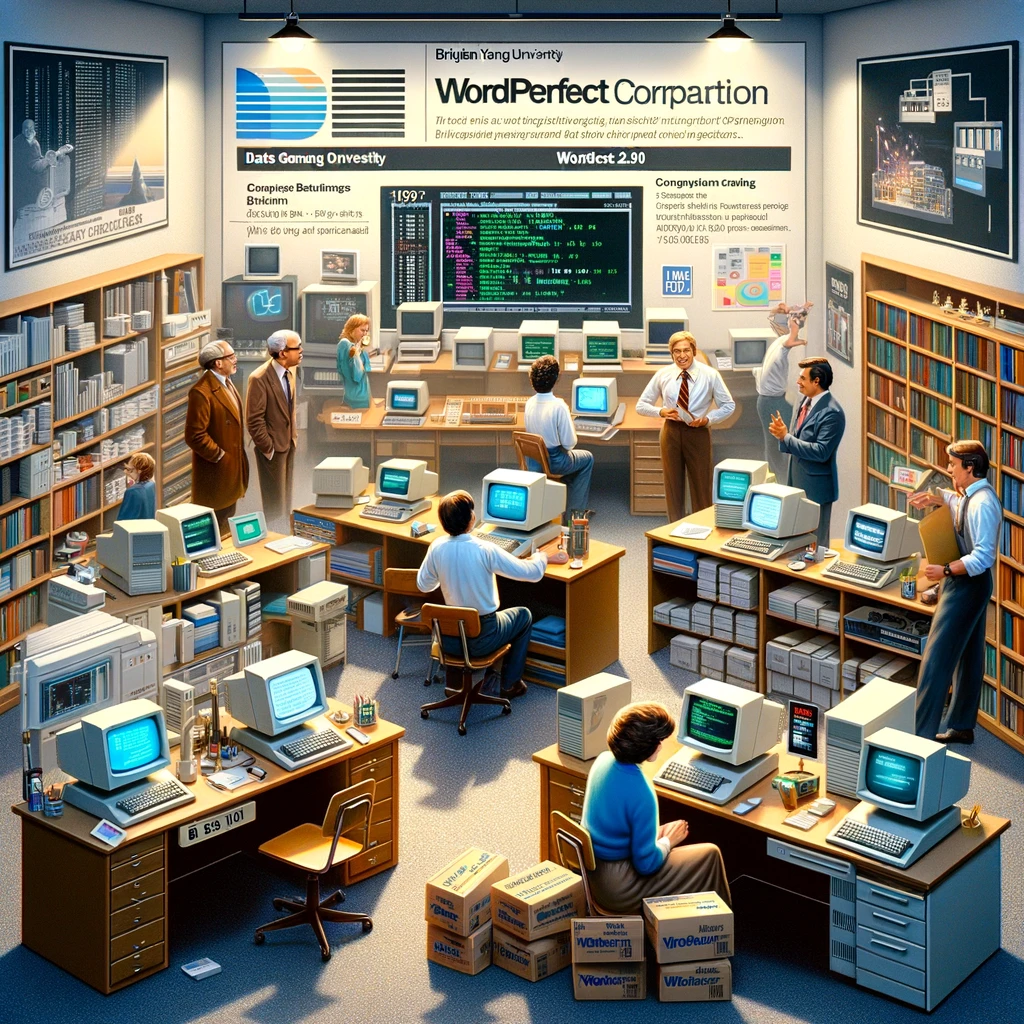Reading time: 6 minutes.
In the dynamic and competitive world of video game development, indie developers often face the challenge of finding sustainable financial models to support their creative endeavors. While conventional methods like direct game sales and in-game advertising are prevalent, there lies a wealth of untapped potential in alternative revenue streams. These alternatives not only offer financial backing but also help in building a robust and engaged community around the developers’ projects. Exploring these lesser-known pathways is crucial in an industry where creativity and innovation are key to standing out.

Indie game developers, known for their artistic freedom and innovative gameplay, can greatly benefit from diversifying their revenue sources. This diversification not only aids in the immediate financial sustenance of their projects but also contributes to long-term stability and growth. As the gaming industry continues to evolve, it becomes increasingly important for developers to think outside the box and explore unconventional methods of monetization.
This article delves into five such innovative and often underutilized revenue streams. These avenues range from community-driven funding models to leveraging the intellectual property in unique ways. Each presents its own set of opportunities and challenges, catering to different aspects of game development and audience engagement. By considering these options, indie developers can unlock new potentials and secure a more stable and prosperous future in the gaming industry.
5 Lucrative Revenue Streams for Indie Developers
1. Crowdfunding: Leveraging Community Support
Crowdfunding has revolutionized the way indie developers can fund their projects, offering a unique blend of financial support and community engagement. Platforms like Kickstarter and Indiegogo have become hotspots for creative ideas, allowing developers to present their game concepts to a global audience. This method is particularly advantageous for indie developers as it not only secures the necessary funds to kickstart their projects but also helps in building an early fan base that is emotionally and financially invested in the game’s success.
A successful crowdfunding campaign relies on compelling storytelling, clear objectives, and attractive rewards for backers. Developers must articulate their vision and game features in a way that resonates with potential supporters. Exclusive content, early access, and unique in-game items are often used as incentives. Moreover, regular updates and active engagement with backers are crucial for maintaining interest and trust. Crowdfunding, when done right, not only raises funds but also fosters a sense of community and loyalty, which is invaluable for indie game projects.
2. Merchandising: Beyond Digital Goods
Expanding into merchandising is a brilliant way for indie developers to enhance their revenue streams while deepening the connection with their audience. This approach involves creating and selling physical goods that are directly related to the game’s universe, such as apparel, posters, collectible figures, or themed accessories. The key to successful merchandising lies in identifying the most iconic and beloved aspects of the game—be it characters, symbols, or catchphrases—and transforming them into tangible products that fans would love to own.
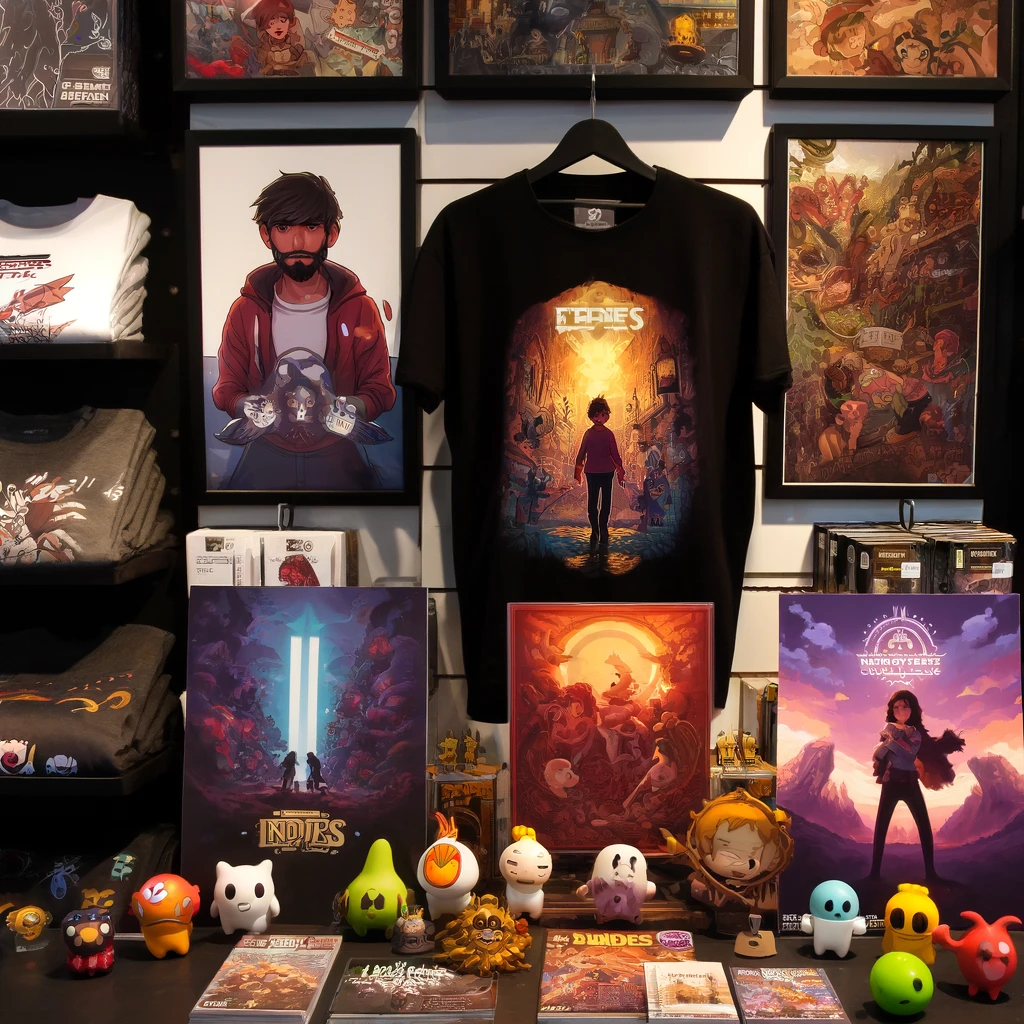
Effective merchandising requires a strategic approach. Developers should consider factors like production quality, cost, and distribution channels. Collaborating with established manufacturers can ensure high-quality products, while online platforms like Etsy or Shopify can facilitate sales. Creating limited edition merchandise can add an exclusivity factor, potentially increasing demand and value.
Moreover, indie developers can use merchandise to enhance their game’s branding and reach. Well-designed products can act as physical advertisements, sparking interest among a broader audience. Engaging the community in the design process through contests or polls can also increase the merchandise’s appeal. By tapping into merchandising, indie developers not only open a new revenue channel but also build a stronger, more visible brand identity.
3. Licensing Deals: Expanding Brand Reach
Licensing deals present a significant opportunity for indie developers to monetize their intellectual property (IP) outside the traditional gaming sphere. This approach involves granting rights to other companies to use various elements of the game, such as characters, settings, or music, in different formats or products. These could range from graphic novels and animated series to apparel and toys. By doing so, developers can not only generate additional income but also extend their game’s reach and appeal to a broader audience.

The key to successful licensing is identifying the right partners and negotiating deals that respect the game’s essence while maximizing its commercial potential. Developers should aim for collaborations that align with their brand and can contribute to its growth. For instance, a game with a strong narrative might lend itself well to book adaptations, while visually striking games could inspire unique clothing lines.
Handling licensing deals requires a careful approach, especially in protecting the integrity of the original game. Developers should seek legal advice to ensure that contracts are fair and their IP rights are safeguarded. With the right strategy, licensing can be a lucrative path that not only boosts revenue but also enhances the game’s presence in popular culture.
4. Educational Partnerships: Edutainment Opportunities
Educational partnerships offer indie developers a unique avenue to monetize their games while contributing positively to learning and education. Many indie games, with their innovative mechanics and compelling narratives, possess educational potential that can be harnessed in collaboration with educational institutions or educational content providers. By creating versions of their games with an educational focus, or developing new edutainment titles, developers can tap into a market that values both entertainment and learning.
The process involves tailoring the game to fit educational standards, which may include aligning the game’s content with curriculum requirements, adding educational features or resources, and ensuring that the gameplay facilitates learning objectives. Such adaptations could range from simple modifications to the development of entirely new features or accompanying educational guides.
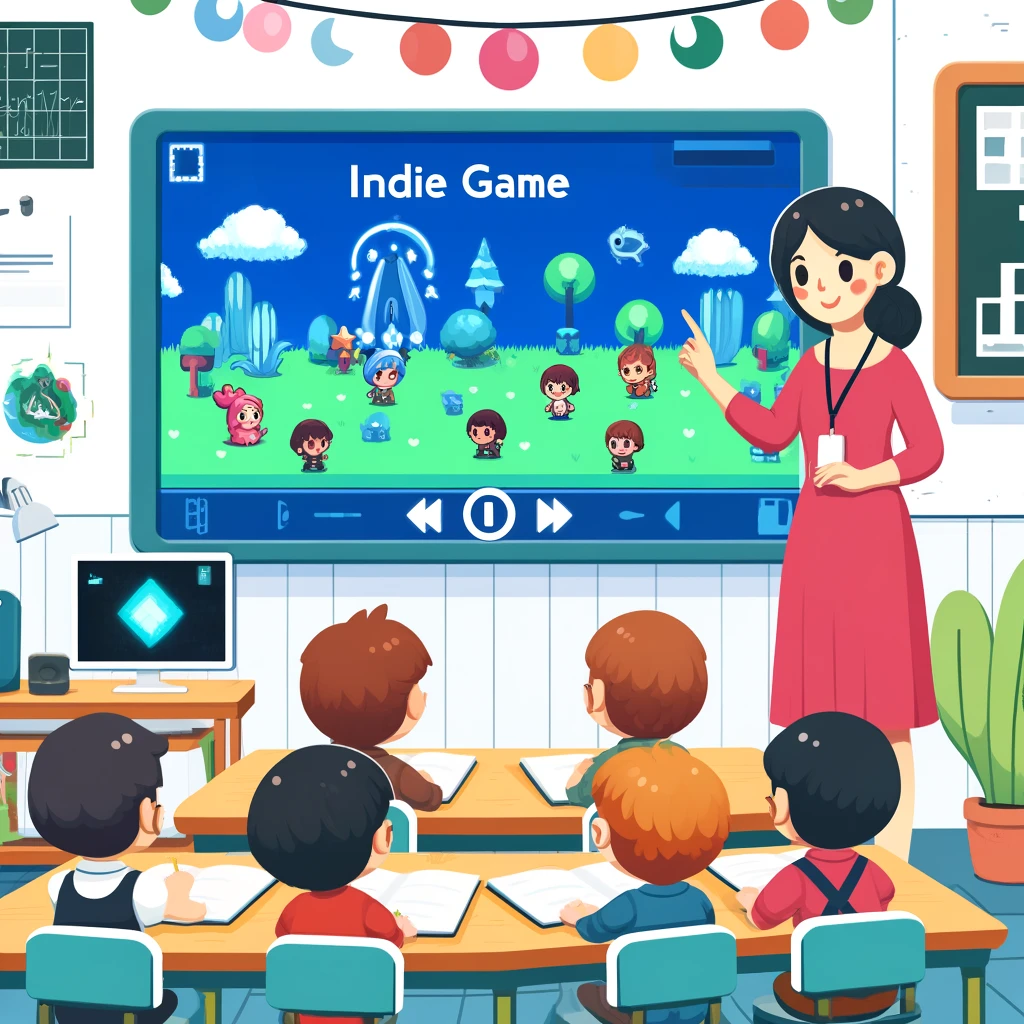
Establishing these partnerships requires understanding the educational market and reaching out to schools, educators, and educational content platforms. These collaborations not only open up a new revenue stream but also help in expanding the audience for the game. Additionally, contributing to education can enhance the social impact and credibility of the developer’s brand. Educational partnerships can be a win-win situation, where indie developers not only diversify their income but also play a part in shaping innovative learning experiences.
5. Subscription Services and Patrons
Subscription models and patronage platforms offer indie developers a sustainable and community-focused revenue stream. Services like Patreon allow fans to financially support developers on a recurring basis, creating a more predictable and steady income. This model fosters a deeper connection between developers and their audience, as supporters often receive exclusive perks, such as behind-the-scenes content, early access to new releases, or input on development decisions.
Developing a successful subscription or patronage model involves offering compelling reasons for players to invest regularly. This might include access to exclusive content, such as special in-game items, beta versions of upcoming releases, or even developer diaries and blogs that give insights into the game development process. Engaging directly with the community, such as through Q&A sessions, polls, or community events, can also encourage more fans to subscribe.
This model is particularly beneficial for indie developers as it allows for more creative freedom. Without the pressure of immediate large-scale commercial success, developers can focus on crafting unique gaming experiences that resonate with their audience. Furthermore, the regular income provides a financial buffer, enabling more risk-taking and innovation in game development.
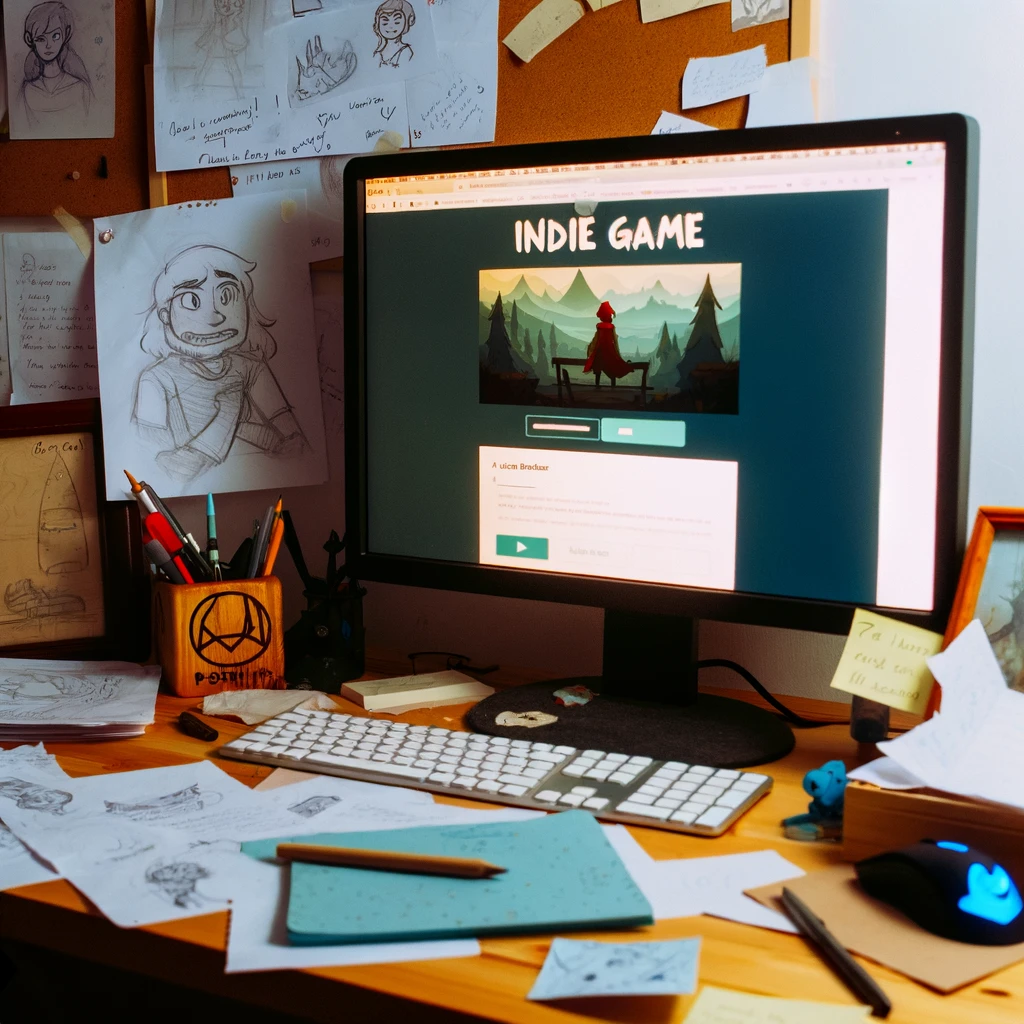
In conclusion, subscription services and patronage platforms not only offer a financial lifeline to indie developers but also strengthen the community around their games, making it a win-win for both creators and fans.
Wrapping Up
Exploring these untapped revenue sources can significantly benefit indie developers. By diversifying income streams, they can create more financial stability and focus on what they love most – creating unique and engaging gaming experiences. The key is to understand the target audience, leverage the game’s unique selling points, and explore these avenues with creativity and innovation.

